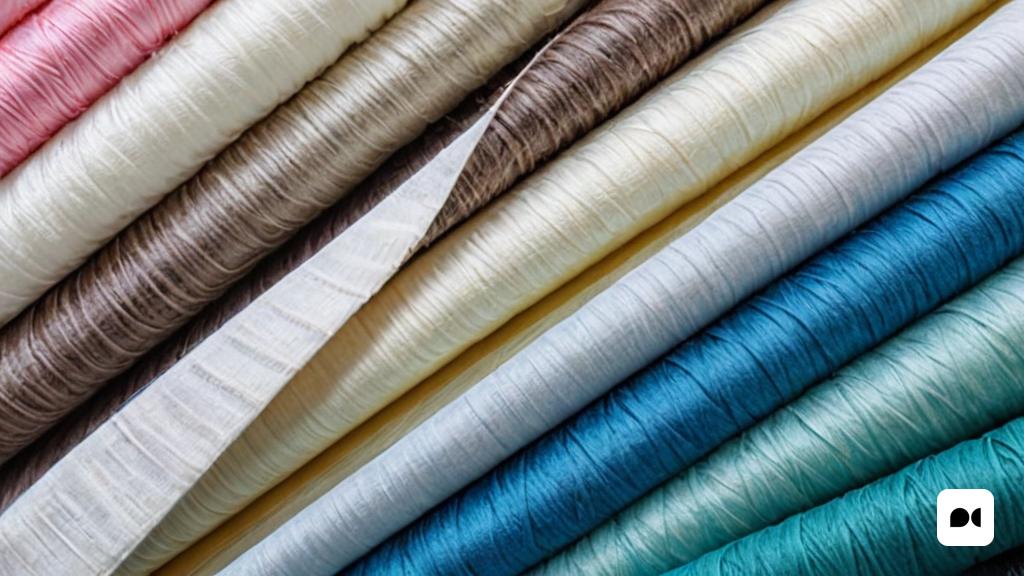A New Era in the Textile Industry
When addressing the topic of fabrics, it is common to classify fibers into two main categories: natural fibers, such as wool, linen, cotton or silk, and synthetic fibers, such as polyester, rayon or nylon, which They are the result of industrial processes. However, there is a lesser-known but rising category: semi-synthetic fibers.
Viscose, cellulose acetate and, more recently, Lyocell, have emerged as prominent representatives of semi-synthetic fibers, gaining prominence in the textile industry. Large distribution chains, such as Zara or H&M, have integrated garments made with this innovative material into their collections, thus setting a new trend in the world of fashion.
Lyocell: Sustainability and Versatility
Lyocell, in particular, has garnered attention due to its more sustainable sourcing process compared to traditional synthetic fibers. Coming from wood cellulose or agricultural waste, this material is produced through a closed cycle that allows the reuse of chemicals and minimizes the generation of waste, making it a more environmentally friendly option.
In addition to its green credentials, Lyocell offers functional advantages, such as its resistance to odor absorption and reduced need for washing, which contributes to water savings. These features position it as an attractive alternative for consumers conscious of the environmental impact of their clothing choices.
Viscose and Other Alternatives
Viscose, the precursor of Lyocell, shares similarities in its production process from regenerated cellulose, although its sustainability varies depending on the origin of the cellulose used. Likewise, there are other options on the market, such as cupro, made from linen cellulose or cotton waste, which expand the range of sustainable alternatives in the textile field.
Future perspectives
The rise of semi-synthetic fibres, represented by Lyocell and its counterparts, reflects an evolution in the textile industry towards the adoption of more environmentally friendly and functionally innovative materials. This shift not only drives sustainability in fashion, but also offers consumers attractive options that combine style, comfort and environmental responsibility.

